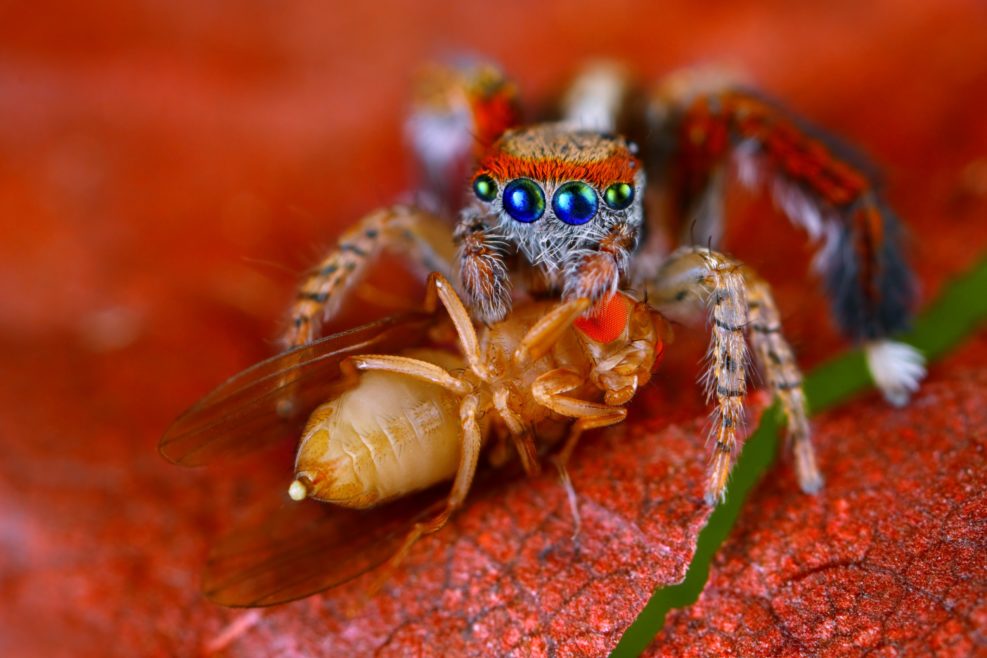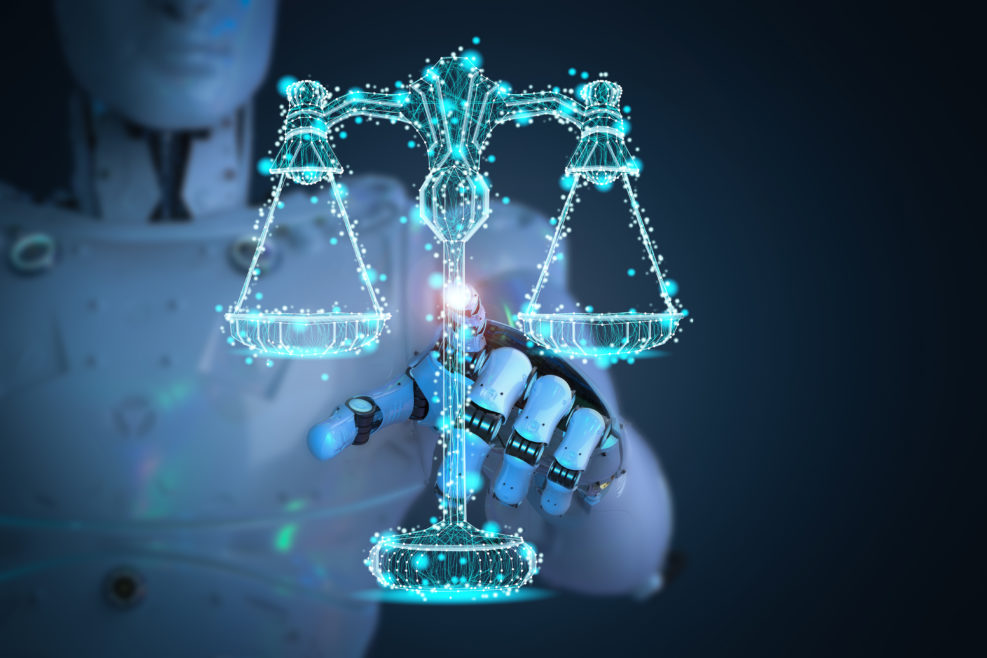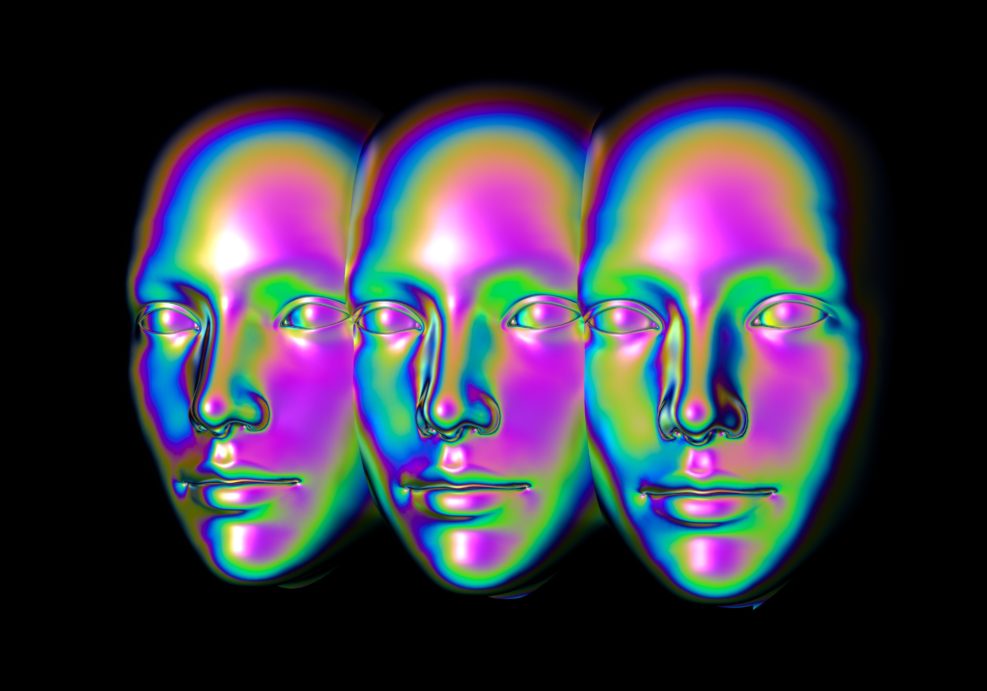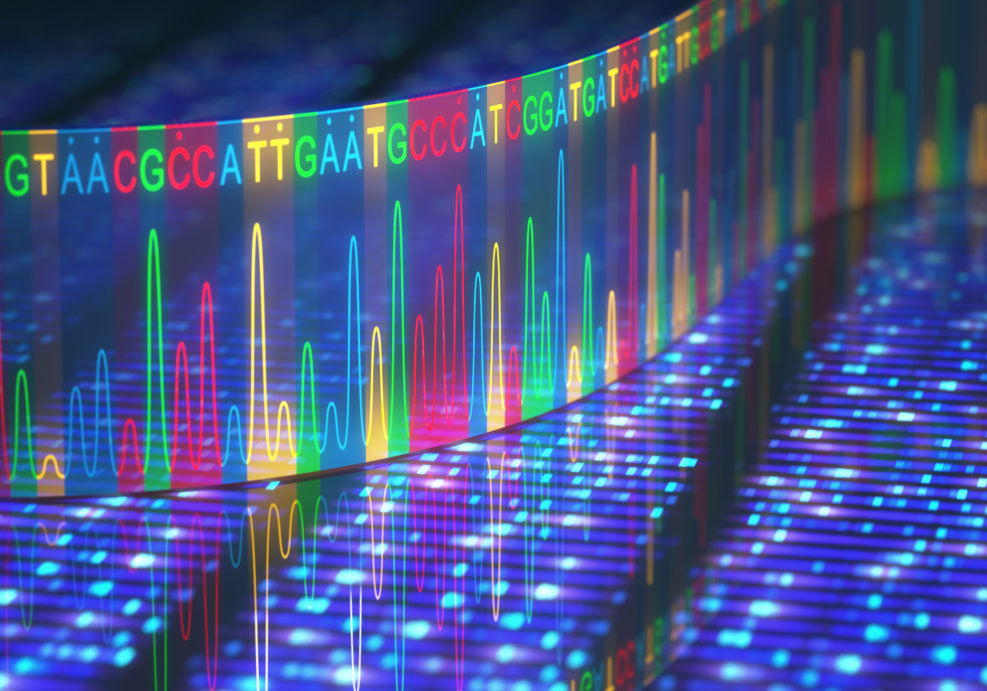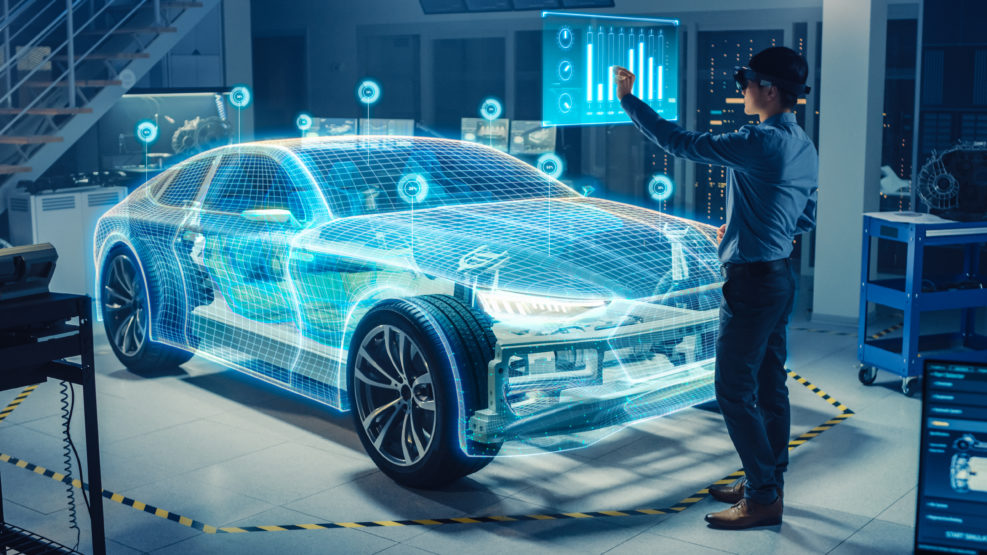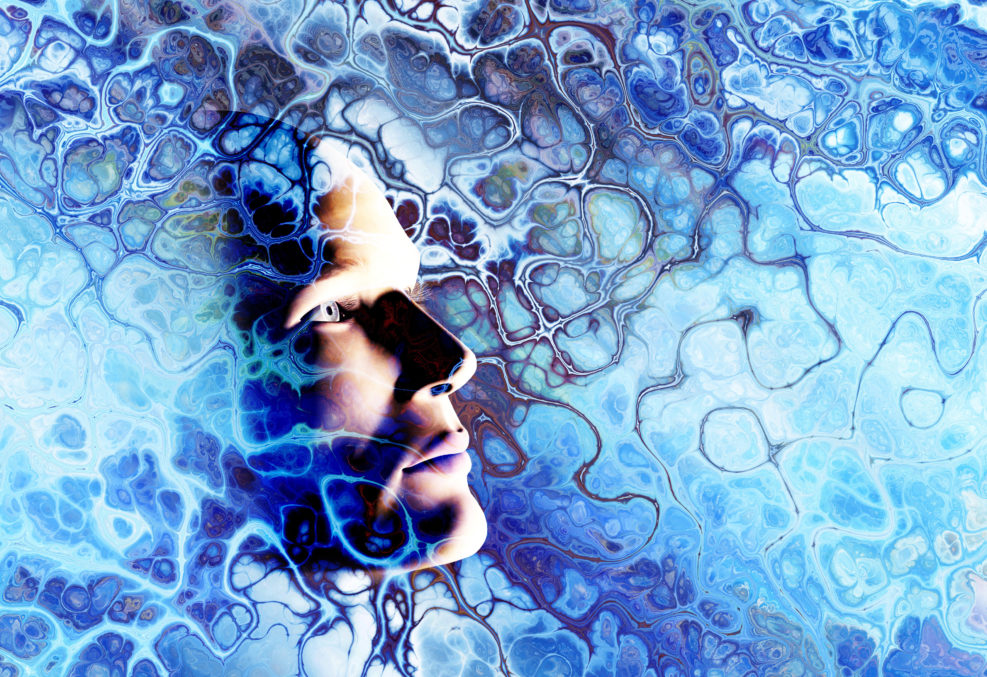
Musk’s Starlink Tied to Traffic Chaos in Orbit and on Earth
If nothing else, Elon Musk’s SpaceX has brought public attention to the future of space, who it belongs to, and how it is paid forThis week has seen quite a struggle for Elon Musk’s SpaceX and its satellite-based internet service Starlink. SpaceX had recently pocketed some interesting wins for Starlink. Its offer to keep Ukrainians online in the midst of the recent crisis earned Starlink favor in the eyes of both the military and Eastern European nations. It has also started launching operations in Latin America. Just days ago SpaceX performed its 35th launch of the year, adding 52 more Starlink satellites. However, Starlink has also faced a number recent headwinds which could spell trouble for the service. While its public beta test performed well for many users, as the service has expanded, the capabilities of the network appear to be stretched. Despite promises Read More ›
